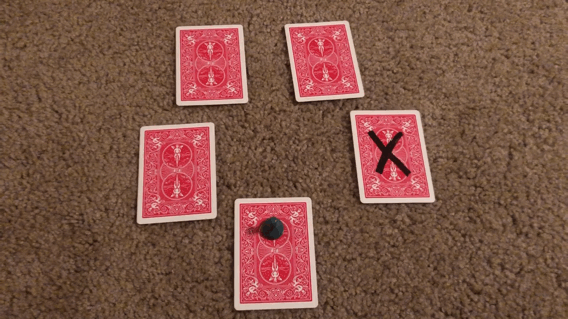A Parable
/The other day, I parked my car in front of one of the cafes I regularly visit and work out of.
About 20 feet in front of me, I noticed something at the base of a street sign. It was a clear, lucite box, that looked to be about 18 inches in length. Inside the box was a glowing, orange sphere, the size of a basketball, floating in the middle of the box. It looked amazing. More amazing than I'm describing. The orange sphere glowed in an unreal way; it almost looked molten. It seemed computer-generated. It reminded me of something you'd see in a movie. Some sort of "alien substance" that had been captured in a clear box.
I sat in my car and looked at it for a full minute, trying to fathom what it could be.
What made it extra strange is that the people who walked by paid it no attention. I'm not saying they noticed it and then quickly dismissed it, I'm saying they didn't even seem to notice this box on the ground, with a glowing, floating, orange ball. Even if there was a logical explanation for the box, and the glow, and the floating orb—if it was some weird discarded lamp or something—you would still think it would draw a second glance from people, but they literally ignored it completely.
For a moment I thought, "Am I the only one that sees this? Am I hallucinating this?" That's how impossible it all felt.
So I got out of my car and approached the glowing orb. As I walked toward it, the perspective I expected didn't match up with what I saw and I knew something was strange. In a couple steps the mystery would be solved. And it was. But I'm going to make you wait a few seconds for the answer.
I made my way toward the molten, floating ball of mystery and realized what it was.
A traffic cone knocked on its side.
What I thought was a clear, lucite three dimensional box—through which I could see the shadowed grass around the trees—was actually just the opaque, flat black bottom of the traffic cone. What I perceived as a perfect sphere was the inside of a cone. The "molten" look was a combination of the way the sunlight hit it and the dirty inside of the cone. Everything that seemed incredible had a perfectly dumb explanation. It was so stupid. I laughed thinking how amazing it had looked.
This picture was taken the next day, and the sun and the shadows were a little different, but you still may be able to get a sense for what I saw and how I interpreted it.
It had a bit of that optical illusion going on where you're looking inward at something, but your brain perceives it as coming outward.
So I was looking into a cone, but seeing a sphere.
I took this incident as a sign from the universe. The universe had shown me a magic trick and then exposed it to me.
I imagined another scenario. One where—before I could get out of my car—a van had driven up between me and the object and had pulled it inside and then left. I never would have had my answer. I would have remembered that mysterious glowing ball in the back of my mind somewhere for forever. Who were the men in that van? Some sort of secret government agency? And what did they do with that ball! I can only hope they're harnessing its awesome power for good and not evil.
Finding out it was just a traffic cone satisfied one part of my brain. The rational, “everything has an explanation” part. But I wish I could be telling you the story of the impossible glowing orb, rather than the story of the overturned traffic cone.
In life there is the shit we understand. Then there is the stuff most of us don't really understand because it's too complicated like computers and quantum physics. And then there are big, daunting mysteries that are overwhelming and potentially scary, like what happens after we die or what is the true nature of the universe.
What we don’t have enough of in life are little benign mysteries. I think it's a good thing for people to have experiences that are unexplainable without being unsettling. What magic tricks can do—presented expertly and engagingly without ego—is give people something they can find almost nowhere else: a pleasant enigma.















